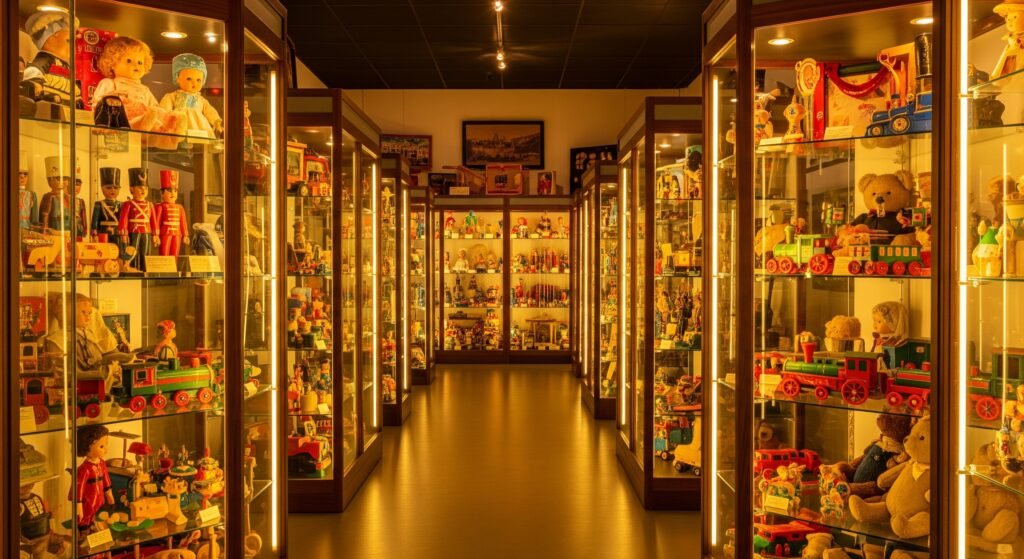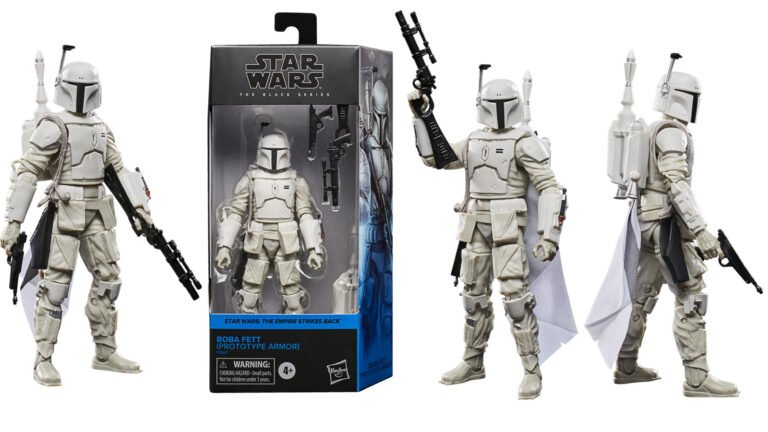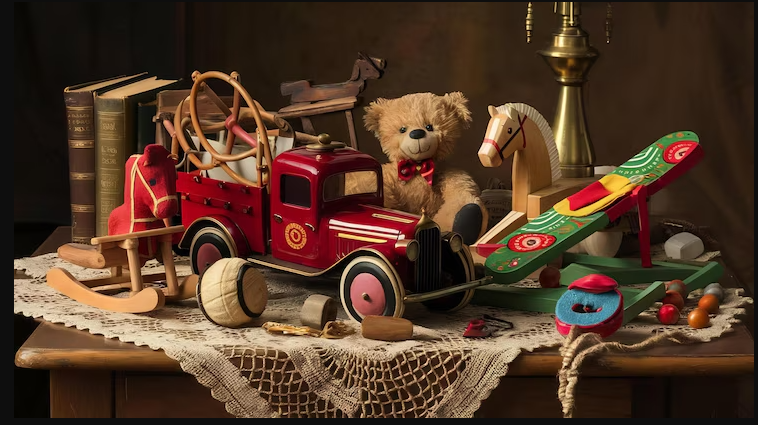Ancient toy replicas are special. They give you a real link to the past. They show how kids lived, played, and had fun in ancient times.
These replicas help you see how children used things around them. They let you peek into their daily lives.
Collecting ancient toy replicas can be fun. Each one has a story. You might see a wooden top from Mexico, a tiny metal tank, or a clay doll and think, “Is this real?” Many people wonder the same.
Outside their evidential value, replicas can also help you think about value and what’s real in cultural heritage.
Some toys look old but are not. Some are made the right way, using wood, clay, or fabric like in the past. You don’t need to be an expert. You just need to know where to look and what to ask.
Good places like museum shops or antique fairs can help. You can also check sites like Etsy or collector blogs, but be careful. Some sellers say “vintage” even if the toy is new.
This guide will show you how to find the best ones.
What Makes Special Ancient Toy Replicas So Valuable?
Ancient toy replicas are loved by collectors and history fans. These toys are made to look like ones from long ago. Many of the real ones are gone, but the copies help us see what playtime looked like in the past.
These toys are often made with great care. They show what kids from old times played with. They give you a close look at how those children lived and had fun.
These toys are also used in schools and museums. They help people learn about old times and why these toys mattered. They keep the stories alive so new people can learn from them.
Here’s why they are so special:
- They show how kids played long ago.
- They teach us about past cultures.
- They are made to look just like the real thing.
- They help keep old stories and history safe.
- They are fun to collect and learn from.
Ancient toy replicas are more than just toys. They are little pieces of history you can hold in your hand.
Connecting with the Past: Ancient toy replicas
When you hold ancient toy replicas, you don’t just hold a toy. You hold a piece of time. These are not random shapes or old things. They are made to feel like toys once held by children thousands of years ago. That’s what makes them magical.
Real History You Can Touch
Unlike reading a book or seeing a photo, a replica lets you touch history. Long ago, children played with these same shapes, wooden carts, tiny clay animals, or rattles made from seeds. Some toys were even found in ancient graves, meaning they were loved enough to stay with a child forever. That gives you a real feeling of time.
Imagine a tiny cart found in the ruins of the Indus Valley. Now, someone has made a replica that looks just like it. It rolls the same. It feels the same. When you see it, you can imagine the child who played with it, laughing, learning, dreaming.
Understanding Old Cultures
These toys also tell stories about how people lived. What were their homes like? What tools did they use? What did they care about? If a toy is made of clay, maybe the people had lots of it nearby. If it has fancy paint, maybe they loved color and art.
Even small details, like how a wheel is shaped or how arms move, can show how smart and skilled people were. Ancient toy replicas help you look closer at cultures like Egypt, Rome, or the Indus Valley, and spot things you’d never notice in books.
Discovering How Children Played
You can also learn about how kids played long ago. Some toys were simple, like a whistle shaped like a bird. Others were more detailed, like dolls with moving arms. These little things show you what made kids happy. You see what fun looked like before screens and batteries.
Think of a clay toy horse placed next to a child in a tomb. That horse wasn’t just a toy, it was special. It may have been their favorite. And now, through a replica, that child’s memory lives on.

What Do You Really Want to Collect?
Before you start buying, stop and think for a moment. What kind of toys do you like the most?
Do you love stories about the past? Maybe you’re drawn to tiny soldiers or old war tanks. These are part of military toy replicas.
Do you enjoy colors, crafts, and handmade things? Then you might like Mexican toys, like spinning tops made from wood, cute clay animals, or soft fabric dolls.
Some collectors look for mini chariots, small dollhouses, or ancient board games, just like the ones found in museum shops.
Each toy has its own story. Some show how children played long ago. Others are made to look like they came from ancient places like Rome, Greece, or Egypt.
The best way to start is by following what you love. Pick the style that makes you smile or feel curious. That’s where your toy story really begins.
Know the Types: Choose What Feels Right
There are many kinds of ancient toy replicas. Some are bright. Some are rough. Some are smooth. Some are made of clay or wood. You don’t need to know everything. Just choose what feels right for you.
1. Traditional Toys
Do you like toys that come from old villages or handmade markets? Then you’ll love Mexican handcrafted toys. These are full of charm and color. Examples include:
- Wooden spinning tops
- Baleros (the cup-and-ball toy)
- Clay whistles shaped like animals
- Bright rag dolls with yarn hair and painted faces
These toys are often made by skilled artists who use simple tools. The toys are painted by hand and built with love. Many come from places like Oaxaca or Michoacán, where the tradition lives on.
2. Military Toys
If you like war history or ancient battles, then military toy replicas might be your thing. They include:
- Tiny metal tanks with moving wheels
- Die-cast soldiers in battle gear
- Old-style chariots used by Romans or Greeks
- Models in 1:6 scale, which look super real
These toys are great for display. Some people build full war scenes using them. Others just enjoy how real they look and how much detail they hold.
3. Museum-Style Toys
If you want something rare and full of history, try museum-style toys. These are sold in special shops, like the ones at British Museum Shop Online. They include:
- Ancient board games, like ones from Egypt
- Animal-shaped toys, like lions or horses
- Mini stone carvings that look just like museum pieces
These toys are not for play. They are made for showing, learning, and feeling close to history. They look just like the real toys found in ruins or tombs.
Real or Fake? Spot the Truth: Collecting Ancient Toy Replicas
When you’re buying ancient toy replicas, not everything is what it seems. Some toys look old but are not. Some sellers use tricky words. That’s why you need to know how to spot the truth.
Here’s a helpful chart to guide you:
| What to Check | What to Look For | Why It Matters | Pro Tip |
|---|---|---|---|
| Labels | Do they say “vintage” or “antique”? | Some sellers lie to make toys sound old | Ask for proof or info about the maker |
| Material | Real ones use wood, clay, or metal, not plastic | Fake toys often feel light and cheap | Touch the toy; real ones feel solid |
| Seller Type | Trusted shops or museums are safer | Random sellers online can fool buyers | Always check reviews and ratings |
| Certificate or Tag | Some real replicas come with a paper or a stamp | Shows it’s made by a known artist or shop | Ask for a certificate if they have one |
| Signs of Age | Real wear looks uneven and soft | Fake wear often looks too neat or fake | Look for natural wear in corners and paint |
Important tip: Watch out for words like “rare” or “original” with no proof. If the price is too good, and the story sounds too perfect, it might not be real.
Where to Find the Good Ones?
Now that you know what to look for, you’re probably asking: “Where do I find these ancient toy replicas?”
Here are some of the best places to start your hunt:
1. Museum Shops
One of the safest places to buy is a museum shop. Shops like The British Museum Shop Online sell toys made to match real pieces from places like Rome, Greece, or Egypt.
These replicas are often made with care and come with a small card that tells the toy’s story. That’s great for learning and sharing with others.
2. Antique Stores or Toy Fairs
Many antique stores have sections for vintage toys. If you go to a toy fair, you might meet sellers who have spent years finding and collecting old pieces.
They often love to talk about each item and they may even tell you how they found it. Some sellers also offer a certificate of authenticity to prove the toy is a real replica.
3. Trusted Online Shops
You can shop online, but be careful! Sites like Etsy have many artists who sell handmade toys and replicas. But some sellers may use words like “vintage” or “authentic” when the toy is brand new.
Always check:
- The seller’s reviews
- Their ratings
- What materials they use
- If they answer your questions
4. Collector Websites and Clubs
Join a group like ATCA (Antique Toy Collectors of America). On these sites, people share tips, stories, photos, and even put toys up for trade or sale.
You can learn a lot just by reading their posts and talking to other collectors. The more you know, the easier it gets to spot a real treasure.
Start Small, Build with Joy
You don’t need a full shelf or a big wallet to start collecting. Just one toy is enough.
Maybe you find a clay whistle in a market. Maybe a wooden top from a small shop. That toy becomes your first step. It holds your memory, your joy, and your story.
As time goes on, you’ll find out what kind of collector you are. Some people collect only military replicas. Others like colorful toys from Mexico. Some go for quiet, display pieces from museum shops.
There is no wrong way to collect. The only rule? Pick what makes you happy.
You can even keep a small notebook or folder. Write down:
- Where you found each toy
- What you learned about it
- Who sold it to you
- Why it felt special
These notes turn your toy shelf into a memory book.
And don’t forget to share. Join blogs, post on collector sites, or visit toy groups. You’ll meet people who love this hobby just like you do. Some may even trade toys or help you find rare ones.
In the end, collecting ancient toy replicas isn’t just about toys. It’s about joy, learning, stories, and building something that’s truly yours.
Conclusion: Your Toy Story Begins Now
Collecting ancient toy replicas is more than just a hobby. It’s your way to connect with history, learn new things, and create something special.
Now you know:
- What these toys mean
- How to find real ones
- What to avoid
- Where to begin
Start small. Follow what makes you smile. With every toy, your story grows. Each piece brings the past into your hands.
So go ahead, pick your first toy. Let your collection begin today.
It’s a new toy made to look like an old one. It copies toys from long ago—like clay dolls, wooden tops, or tiny metal soldiers.
Check what it’s made of. Wood, clay, or metal are good signs. Ask if there’s a paper that proves it’s a replica. And always buy from sellers you trust.
Most are not made for play. They’re for display and learning. Keep them safe on a shelf or in a case.
Try museum shops, antique stores, or trusted sites like Etsy. Be careful with online sellers. Read reviews and ask questions first.
Not at all. You can begin with one small toy. Some cost only a few dollars. You build your collection slowly over time.
Don’t get fooled—check if your vintage toy is original.



